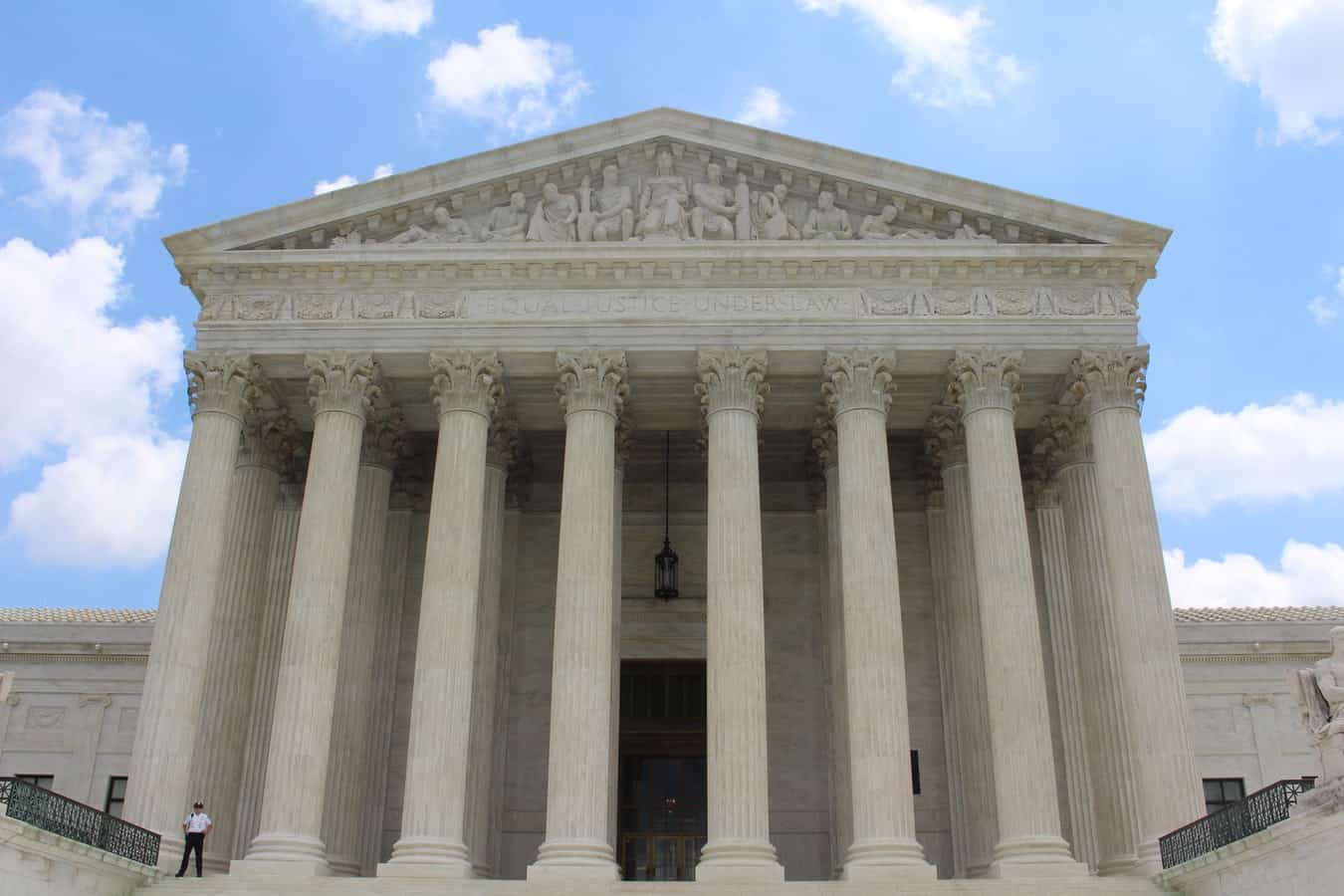Disclaimer: With Medicaid, VA, and insurance regulations frequently changing, past blog posts may not be presently accurate or relevant. Please contact our office for information on current planning strategies, tips, and how-to's.
On March 26, 2008, Leroy and Glenda Morris requested that a resource assessment be conducted for Medicaid eligibility purposes. The Morrises’ countable resources were found to be $107,812. After dividing that figure in half, Mr. Morris’ community spouse resource allowance (CSRA) was determined to be $53,906, leaving a spend-down amount of $51,906 after Mrs. Morris’ individual resource allowance of $2,000 was retained. As such, Mrs. Morris did not qualify for Medicaid at that time.
On April 1, 2008, the Morrises paid legal fees of $4,000, purchased two prepaid burial contracts at $7,500 each, and purchased a Medicaid Compliant Annuity for $41,000. The Medicaid Compliant Annuity held a term of 36 months and provided Mr. Morris with a monthly income of $1,140.47.
Mrs. Morris then applied for Medicaid benefits on April 3, 2008. A denial notice was provided by the Oklahoma Department of Human Services (OKDHS) on April 7, 2008, stating that Mrs. Morris was over-resourced. The OKDHS provided two reasons for the determination:
- In that all the couple’s resources in excess of Mr. Morris’ $53,906 CSRA must count towards Mrs. Morris’ $2,000 limit, Mrs. Morris exceeded the resource cutoff. Mrs. Morris’ decision to use$41,000 of her resources to buy an annuity for Mr. Morris is of no consequence in determining eligibility and did not count as a spend-down of her resources.
- In the alternative, the annuity purchase was a disqualifying transfer resulting in a 109-month divestment penalty period. Mrs. Morris made a transfer to her spouse without receiving fair market value in return – only Mr. Morris benefitted from the annuity purchase. Furthermore, inter-spousal transfers of resources are only permitted in an amount necessary to bring the community spouse’s resources up to the CSRA.
The Morrises then filed suit in a federal district court. The district court ruled in favor of OKDHS, affirming that the community spouse was prohibited from purchasing an annuity above that spouse’s CSRA after an initial determination of eligibility. The Morrises appealed.
As a result, the district court’s grant of summary judgment in favor of OKDHS was reversed. Both of OKDHS’ above rationales were rejected for several reasons, to-wit:
OKDHS’ rational regarding the annuity purchase not counting as a spend-down was not consistent with the Medicaid statutes, thus rejected.
- The limited transfer provision of § 1396r-5(f) to community spouses applies only after an individual has been found to be eligible for Medicaid.
- The initial resource assessment was not an actual determination of whether an applicant is eligible, and if Congress sought to limit spousal transfers following CSRA calculations it would make little sense to focus on eligibility determinations but not on resource assessments. As such, the annuity purchase occurred prior to a determination that Mrs. Morris was eligible for Medicaid.
- An institutionalized applicant need not spend-down his or her spousal share; rather, the couple must spend-down any excess resources beyond the CSRA. Any division of the couple’s resources prior to eligibility is immaterial because resources held by either spouse are considered available to the institutionalized spouse.
- It was determined qualifying annuities are not considered available to the institutionalized spouse pursuant to § 1396p(c)(1)(G) and 20 C.F.R. § 416.1201, and that the CSRA is rendered unavailable to the institutionalized spouse under § 1396r-5(c)(2). These separate provisions create two different mechanisms by which a Medicaid applicant can render resources unavailable, and the statute does not require an applicant to pick one or the other.
Similar to the closing remarks of the North Dakota Geston v. Olson case, the appeals court stated “although we understand the district court’s concerns regarding the exploitation of what can only be described as a loophole in the Medicaid statutes, we conclude that the problem can only be addressed by Congress.”



